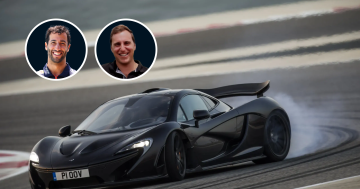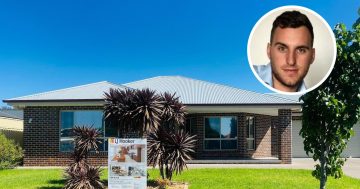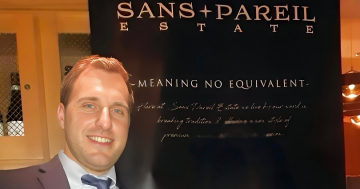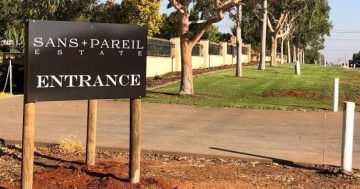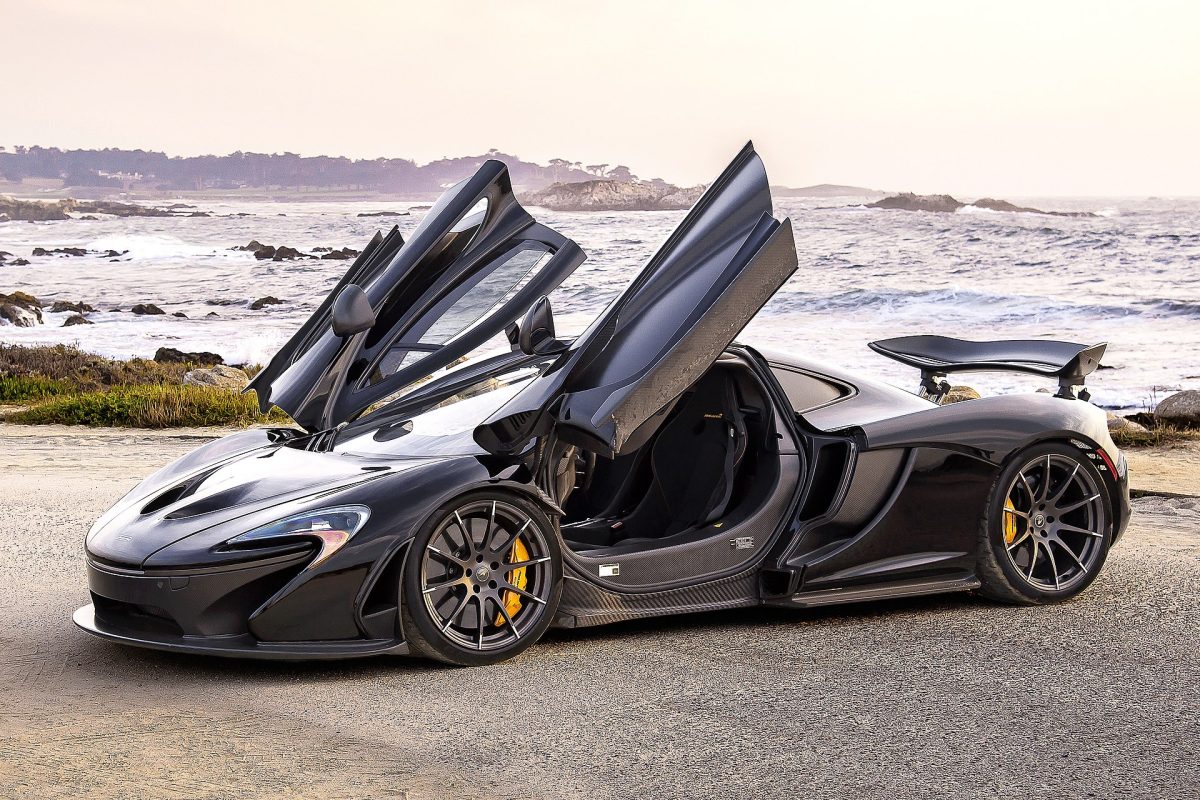
Only 375 McLaren P1 supercars have been made and one was bought by a Griffith man. Photo: Wikipedia.
Region recently broke the news that a young Griffith man purchased one of the world’s fastest and most desirable cars from Hong Kong. That man was Hanwood farmer Aaron Salvestrin, 29, who owned Sans Pareil Estate winery.
The company went into liquidation in October 2022, allegedly owing the Australian Tax Office more than $32 million.
As part of the liquidation process, his 2014 McLaren P1 supercar was sold for $1,475,000. This has left the town of Griffith asking several questions.
How would someone find such a rare car overseas and get it to Australia? Can you register it for general road use here? Did the buyer get a good deal? How would it drive on Australia’s pothole-strewn road?
Region interviewed one of Australia’s leading car experts, Paul Maric, for some answers.
Where does the McLaren P1 sit in terms of the world’s top luxury sports cars?
It’s very much the hypercar of all hypercars. The P1 was limited to just 375 units globally. It was designed to compete with the LaFerrari and the Porsche 918 Spyder.
The P1 aligns with Formula 1 and the technology that McLaren’s developed. It’s designed to go fast and be driven hard [top speed 350 km/h]. The McLaren F1 was its predecessor and is significantly more expensive and has a lot of heritage, but it doesn’t have all the technology of the P1.

The Porsche 918 Spyder doesn’t go as fast as a McLaren P1’s maximum speed of 350 km/h. Photo: Wikipedia.
In the liquidation process, the P1 was bought for $1,475,000. Good deal?
That’s a great deal. It would depend on the condition, but I reckon a car like that would be worth at least US$2 million (AU$3.1 million).
Liquidator auctions often aren’t that well-publicised, so they may not get the best price.
So, someone looking for a good deal on a fast car should look out for upcoming liquidator auctions?
Definitely.
We understand the supercar was sourced overseas by paying an Australian dealer a finder’s fee. Is that how you’d generally get a vehicle like this?
You don’t necessarily need a dealer, but dealers often have connections.
Something as limited and desirable as a P1 supercar requires a decent amount of finding. You then have to ensure the car is in good condition, legitimate and hasn’t been stolen. Part of a finder’s fee is knowing it’s legitimate – you can imagine transferring $2 million to someone in Hong Kong and finding out it’s not real.

Paul Maric launched the website carexpert.com.au. Photo: Paul Maric website.
How would you get a P1 supercar to Australia?
Typically, a car like that would be air-freighted, and the cost of that would be between $20,000 to $50,000, depending on where it is from.
Can you register a car like that here for general road use?
You can, but since it’s a left-hand drive, you can’t just bring it in and register it immediately.
There are Australian design rule compliances that you have to meet when importing a car, including minimum standards in terms of airbags and seatbelts etc.
For a P1, you may have to make adjustments and that process can cost up to $100,000 to get approved. Then, you’d need to apply to register it with Roads Maritime and Safety (RMS).
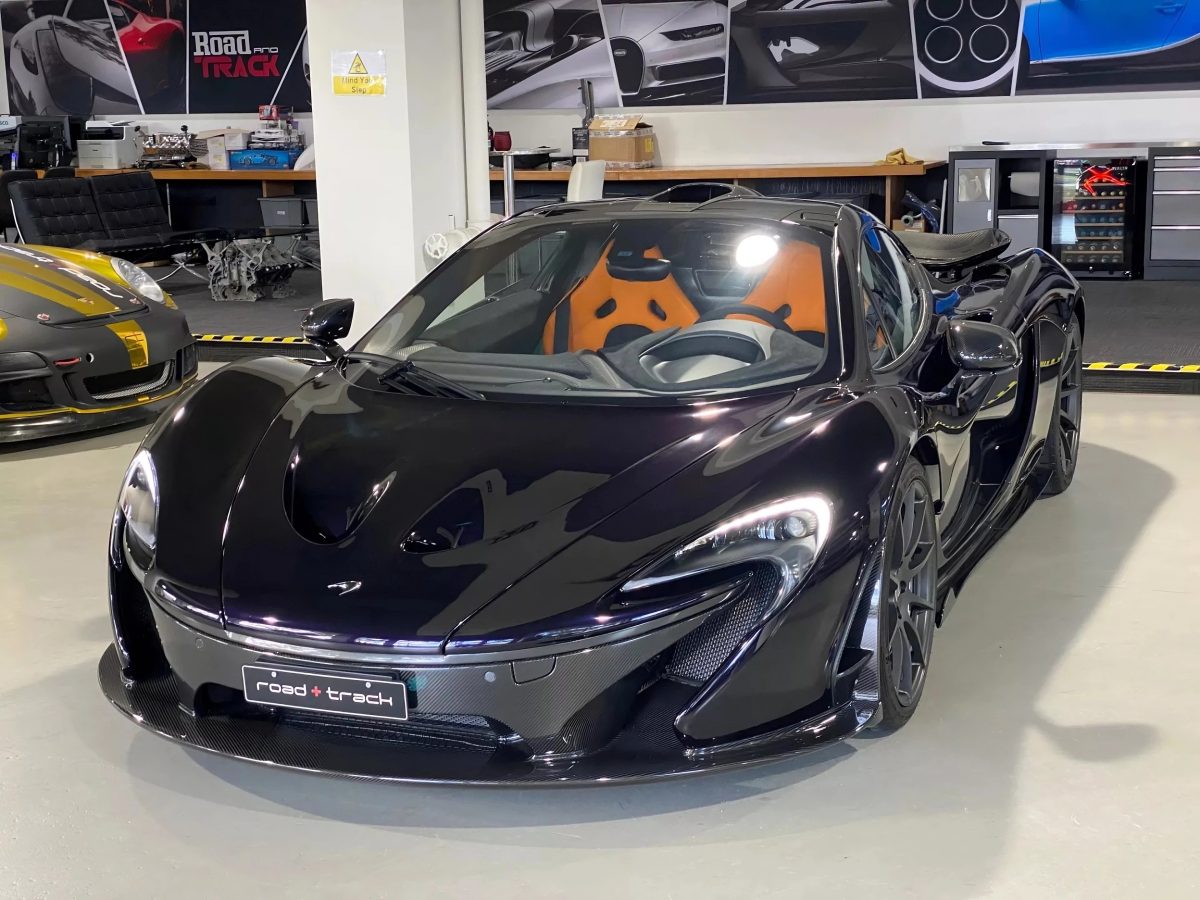
You can drive your McLaren P1 in the Riverina but it’s not advisable. Photo: Road and Track.
Would you drive a McLaren P1 supercar on Australia’s pothole-strewn roads?
I wouldn’t advise driving a Toyota Camry on some of those roads let alone a McLaren P1. I definitely wouldn’t be driving anything like that on a country road. It’s the type of car that needs a smooth racetrack to perform well.
You would struggle to get it in and out of driveways. A lot of those hypercars have a front-lifter fitted – a hydraulic lifter to make sure you don’t scrape the front of it. Even then, though, there is only so much they can do.
You typically wouldn’t drive it on normal roads. You’d transport it in a trailer to racetracks.
The door sill of this car was signed by F1 star Daniel Ricciardo. How could something like that happen?
Sometimes what might happen is that owners of these vehicles will be invited to F1 events and it’s common for them to ask one of the F1 drivers to sign their vehicle. It’s fairly common among these rare cars to have an F1 driver involved in signing it or authenticating it.

Aaron Salvestrin’s McLaren P1 Supercar was signed by Daniel Ricciardo. Photo: Orange_Kieth.
How would insurance work?
It’s going to be expensive. Someone who owns something like this will typically own a whole heap of other cars. They will insure their whole fleet but will restrict how often and where you can drive them. That typically limits the scope of what you can do on a public road.
A number of other cars were listed in the Sans Pareil Estate liquidation – including a Mercedes Benz GLE53, Volkswagen Amarok, two Volkswagen Tiguans and three Mitsubishi Outlanders. Impressive?
They’re all pretty straightforward cars; nothing too crazy there. The Mercedes is probably the most luxurious in that lot.
Original Article published by Oliver Jacques on Region Riverina.







